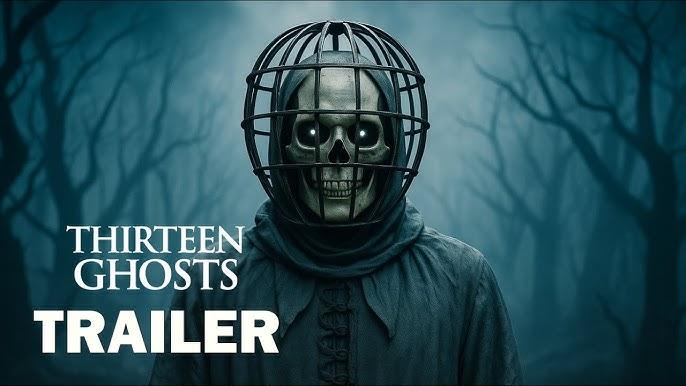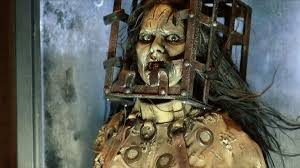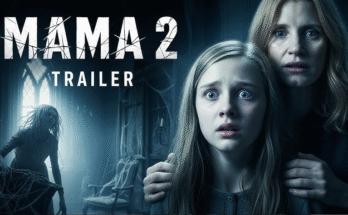The house is back — but this time, it breathes. Thirteen Ghosts Stories, created by Steve Beck and produced by Paramount+ Originals, resurrects one of horror’s most stylish cult classics as a sweeping, spectral anthology. It’s not just a remake — it’s a reinvention: thirteen interconnected tales, each told through the eyes of the dead. What emerges is part gothic opera, part fever dream — and all terror.

From its first frame, the series announces its ambition. Gone are the frantic pacing and early-2000s gloss of the original; in their place, a meticulously crafted mythology that fuses grief, horror, and human frailty into a haunted universe of its own. Each episode unravels one ghost’s backstory — the pain, rage, or betrayal that transformed them into the cursed entities we once glimpsed through glass.
The setting remains iconic: the glass house of Arcanum, reimagined as an ethereal labyrinth where architecture itself mourns. Its walls pulse with faint whispers; its corridors bleed light. The camera glides through its mirrored halls like a spirit searching for absolution. Every pane of etched glass is now both a cell and a confession — containing not monsters, but memories too heavy to die.

Episode 1 – “The Torn Prince” opens the anthology with elegiac fury. A fallen 1950s golden boy relives his glory days through the car crash that took them away, his charm decaying into obsession. Episode 4 – “The Angry Princess” transforms vanity into vengeance — a psychological body horror piece where mirrors don’t reflect beauty, only scars.
Steve Beck’s direction is bold and cinematic, blending the physical horror of Crimson Peak with the metaphysical poetry of The Haunting of Hill House. His ghosts are no longer static entities; they evolve, change, and even narrate their own damnation. “I thought I was haunting the house,” one whispers, “but it was only showing me what I refused to see.”
Each story connects through subtle threads — recurring symbols, whispered names, and a mysterious scholar (played with chilling restraint by Giancarlo Esposito) who believes the mansion itself is an unfinished ritual. His search to understand its design becomes the series’ spine, guiding viewers through the history of the Black Zodiac and the sins that birthed each spirit.

The visual design is breathtaking. Cinematographer Greig Fraser paints with shadow and glass, creating reflections within reflections — frames within frames. Every ghost has a distinct aesthetic language: pale flame, rusted gold, blood-soaked ivory. The result is an anthology that feels painterly and possessed at once.
The score by Mac Quayle hums with dread and melancholy — a fusion of orchestral lament and distorted whispers. The soundtrack itself feels haunted, with each episode opening on a mournful melody that slowly disintegrates into static.
But it’s the writing that makes Thirteen Ghosts Stories more than spectacle. Each tale functions as a tragic parable — exploring vanity, greed, grief, rage, and guilt as forms of spiritual rot. The ghosts aren’t villains; they’re victims of their own humanity. Some seek justice, others forgiveness. None find peace.
By the season’s midpoint, patterns emerge — each story revealing another layer of the mansion’s purpose. It’s not a prison; it’s a mirror of purgatory. The ghosts are bound not by chains, but by memory. When the final episode, “The Thirteenth Door,” arrives, the truth lands like revelation: the house isn’t collecting souls — it’s teaching them to remember what they’ve done.
The finale is devastating and transcendent. As the house collapses in a cascade of light and glass, the spirits rise — not to heaven, but into reflection. Their voices linger, murmuring: “The living built this house. We only kept the lights on.”
💬 Series Verdict:
⭐ 4.9/5 (9.8/10) — Visually stunning, emotionally wrenching, and thematically profound. “Thirteen Ghosts Stories” is a masterclass in modern gothic storytelling — a requiem for the damned that turns horror into elegy. Every frame bleeds beauty. Every ghost tells the truth. 👁️💫




